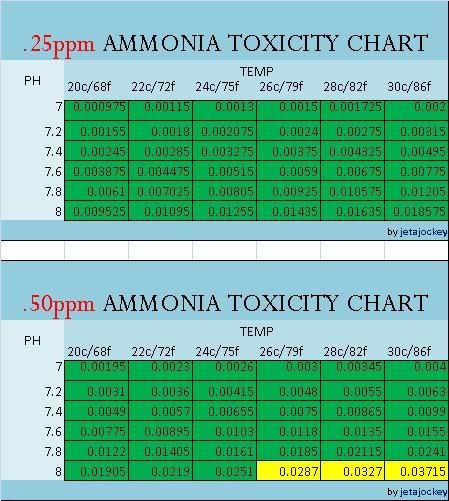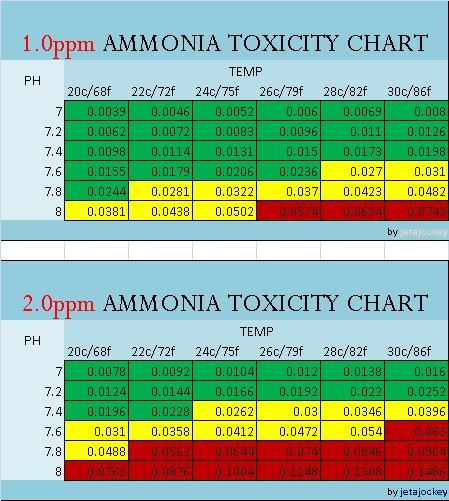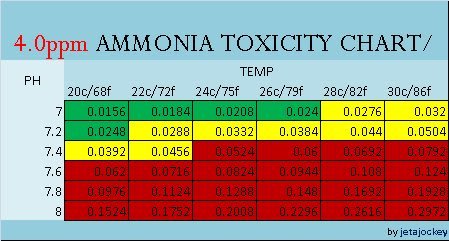There's a teaching moment in here somewhere and I'd like to be teached.
I've been monitoring NH3 > NO2 > NO3 off and on for somewhere around 50 years but I've also harbored what may be a misconception and I infer that from some that post messages like the one shown above.
My understanding has been that Ammonia is a byproduct of metabolism and a component of urine.
Ammonia breaks down through bacterial action and becomes NO2
...which further becomes NO3 which can be taken up by plants.
When I read threads like this one though I infer that ammonia is a result of overfeeding.
What specifically is the origin of ammonia and why is overfeeding referenced more often than that it's simply a metabolite?
So, yes and no and yes!
ammonia and ammonium in a fish tank are a byproduct of waste.
Where that waste comes from depends heavily on the actions of the fish keeper
in a lightly stocked, correctly fed tank the ammonia generally comes from fish waste (poo, pee).
even in a heavily stocked correctly fed tank this is still the case.
however, in a lightly stocked over fed tank or just an over fed tank, the ammonia comes both from the fish waste ( poo, pee) but also from the decaying remains of food.
this food decays at different rates depending on different factors, temp, ph, type of food, etc. etc. but generally not as fast as it goes through a fish and out the other end.
so, decaying food can have an effect on a tank long after a fish has eaten and excreted.
over my many years in the hobby I have been told lots of methods of cycling a tank.
The most bizarre one, being to set the tank up exactly how you want it but with the exception of fish. Then feed the tank daily as you would with fish in (but sparingly).
This seems bizarre but a) it trains the young person to feed the tank both daily and sparingly in a routine, b)it allows them to do a water change routine but between the two points, c) the decaying food produces ammonia for the filter to cycle the tank.
a clever but somewhat unnecessary or unused way nowadays.
over the years much information gets lost or mitransferred. Like the idea of transferring gravel to seed a tank. This used to be a great way of doing things WHEN WE HAD undergravel filters. Less so now that we don’t!
So the answer is to feed the correct amount the fish can eat.
Ammonia often changes to ammonium and back in a tank depending on ph and temperature.
this change is somewhat irrelevant as test kits measure the combined effect of both
as for any reading on an ammonia test.
This is an indication that the filter bacteria is not working correctly which also could mean tank not cycled.
so even low readings should be actioned.
since different fish have different tolerances for ammonia some could be ok, but some more delicate species, not so.






